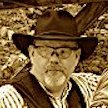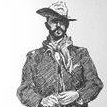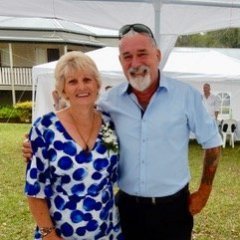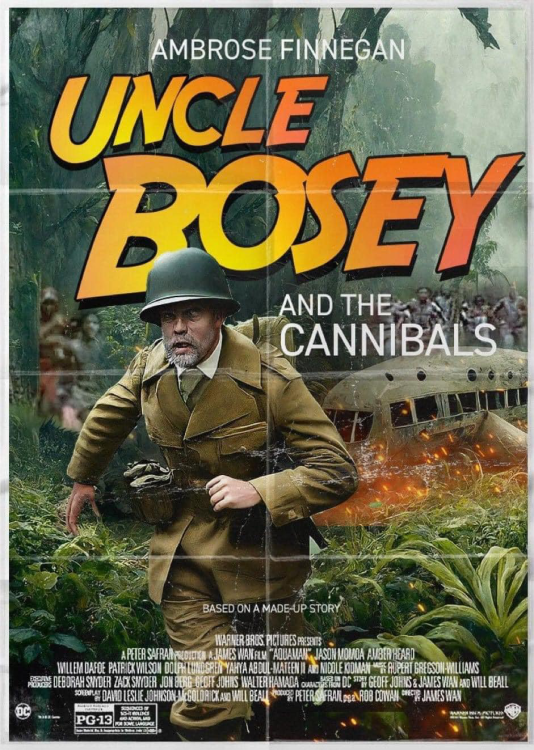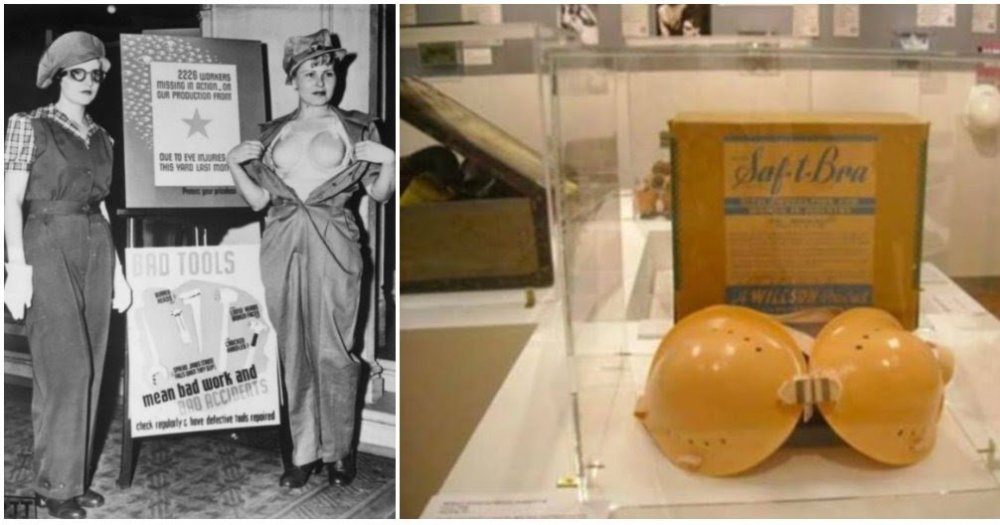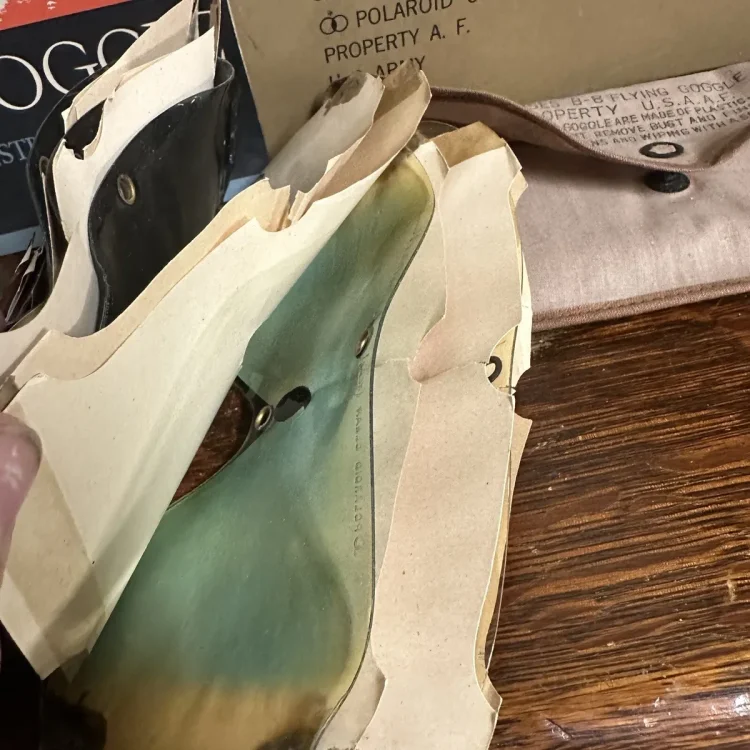The search index is currently processing. Activity stream results may not be complete.
All Activity
- Past hour
-
Last year, at this time, we had the opportunity to visit our Son and his family, in the third year they were stationed on Okinawa. We walked Hacksaw Ridge, the Navy HQ Underground and the Shuri Line/Castle areas..........With your eyes closed, and a bit of imagination, you can visualize the action. It is still haunting/moving to this day......
-
Annealed
-
A few too many.....
-
staggers
-
tempered
-
I bought some from a shooter who was getting done with shooting. It works fine and seems to be a very nice powder. I would buy more if I had the chance. kR
-
- Today
-
Been there, done that. kR
-
I use Red Dot, Imr red, 700X, Alliant X-lite. All around 12.9 to 13.2 grains with 3/4 oz shot. All seem to be very close to 980's. kR
-

Would the older children blame the younger one?
Ozark Huckleberry replied to Alpo's topic in SASS Wire Saloon
I had a dog that loved to ride the boat. Head out in the morning, he'd be right there, hopping around until he got lifted onto the bow. Then he'd do a Titanic, 'king of the world,' pose on the foredeck as we cruised down the creek. When we hit a fishing spot, he'd curl up under the helm until someone got a fish on -- then he'd be all anxious until the fish was netted. He'd inspect the catch, then return to his spot until the next hit. -
On April 18, 1942, 16 American B-25 bombers, launched from the aircraft carrier USS Hornet 650 miles east of Japan and commanded by Lieutenant Colonel James H. Doolittle, attack the Japanese mainland. The now-famous Tokyo Raid did little real damage to Japan (wartime Premier Hideki Tojo was inspecting military bases during the raid; one B-25 came so close, Tojo could see the pilot, though the American bomber never fired a shot)—but it did hurt the Japanese government’s prestige. Believing the air raid had been launched from Midway Island, approval was given to Admiral Isoroku Yamamoto’s plans for an attack on Midway—which would also damage Japanese “prestige.” Doolittle eventually received the Medal of Honor Conceived in January 1942 in the wake of the devastating Japanese surprise attack on Pearl Harbor, the “joint Army-Navy bombing project” was to bomb Japanese industrial centers, to inflict both “material and psychological” damage upon the enemy. Planners hoped that the former would include the destruction of specific targets “with ensuing confusion and retardation of production.” Those who planned the attacks on the Japanese homeland hoped to induce the enemy to recall “combat equipment from other theaters for home defense,” and incite a “fear complex in Japan.” Additionally, it was hoped that the prosecution of the raid would improve the United States’ relationships with its allies and receive a “favorable reaction [on the part] of the American people.”. Originally, the concept called for the use of U.S. Army Air Force bombers to be launched from, and recovered by, an aircraft carrier. Research disclosed the North American B-25 Mitchell to be “best suited to the purpose,” the Martin B-26 Marauder possessing unsuitable handling characteristics and the Douglas B-23 Dragon having too great a wingspan to be comfortably operated from a carrier deck. Tests off the aircraft carrier Hornet (CV-8) off Norfolk, and ashore at Norfolk soon proved that although a B-25 could take off with comparative ease, “landing back on again would be extremely difficult.” The attack planners decided upon a carrier transporting the B-25s to a point east of Tokyo, whereupon it would launch one pathfinder to proceed ahead and drop incendiaries to blaze a trail for the other bombers that would follow. The planes would then proceed to either the east coast of China or to Vladivostok in the Soviet Union. However, Soviet reluctance to allow the use of Vladivostok as a terminus and the Stalin regime’s unwillingness to its neutrality with Japan compelled the selection of Chinese landing sites. At a secret conference at San Francisco, Lieutenant Colonel James H. Doolittle, USAAF, who would lead the attack personally, met with Vice Admiral William F. Halsey, Jr., who would command the task force that would take Doolittle’s aircraft to the very gates of the Japanese empire. They agreed upon a launch point some 600 miles due east from Tokyo, but, if discovered, Task Force 16 (TF-16) would launch planes at the respective point and retire. Twenty-four planes drawn from the USAAF's 17th Bombardment Group were prepared for the mission, with additional fuel tanks installed and “certain unnecessary equipment” removed. Intensive training began in early March 1942 with crews who had volunteered for a mission that would be “extremely hazardous, would require a high degree of skill and would be of great value to our defense effort.” Crews practiced intensive cross-country flying, night flying, and navigation, as well as “low altitude approaches to bombing targets, rapid bombing and evasive action.”
-
John Ford liked to bully actors on the set, and "Stagecoach" (1939) was no exception. At one point, he said to Andy Devine, "You big tub of lard. I don't know why the hell I'm using you in this picture." Undaunted, Devine replied, "Because Ward Bond can't drive six horses." Likewise, he attacked Thomas Mitchell, who eventually retorted, "Just remember: I saw [Ford's earlier film] 'Mary of Scotland' (1936)," effectively humbling the director. Worst of all was Ford's treatment of John Wayne. He called him a "big oaf" and a "dumb bastard" and continually criticized his line delivery and manner of walking, even how he washed his face on camera. However, at least part of this was to provoke the actor into giving a stronger performance. Claire Trevor recalls how Ford grabbed Duke by the chin and shook him. "Why are you moving your mouth so much?" he said. "Don't you know you don't act with your mouth in pictures? You act with your eyes." Wayne tolerated the rough treatment and rose to the challenge, reaching a new plateau as an actor. Ford helped cement the impression that Wayne makes in the film by giving him plenty of expressive reaction shots throughout the picture. Stunt coordinator Yakima Canutt explained how the stunt was accomplished where, as an Apache warrior attacking the stagecoach, he is "shot," falls off his horse, and then gets dragged underneath the stagecoach: "You have to run the horses fast, so they'll run straight. If they run slow, they move around a lot. When you turn loose to go under the coach, you've got to bring your arms over your chest and stomach. You've got to hold your elbows close to your body, or that front axle will knock them off." After the stunt was completed, Canutt ran to Ford to make sure they got the stunt on film. Ford replied that even if they hadn't, "I'll never shoot that again." Asked why, in the climactic chase scene, the Indians didn't simply shoot the horses to stop the stagecoach, Ford replied, "Because that would have been the end of the movie." In addition, Apaches would have stolen the stagecoach horses rather than killed them because, in their culture, horses were valuable in calculating a warrior's worth.
-
On 19 April 1943, a train carrying 1,631 Jews set off from a Nazi detention camp in Belgium for the gas chambers of Auschwitz. But resistance fighters stopped the train. One boy who jumped to freedom that night retains vivid memories, 70 years later. . In February 1943, 11-year-old Simon Gronowski was sitting down for breakfast with his mother and sister in their Brussels hiding place when two Gestapo agents burst in. They were taken to the Nazis' notorious headquarters on the prestigious Avenue Louise, used as a prison for Jews and torture chamber for members of the resistance. From there, Simon and his mother and sister were transferred to the Kazerne Dossin, a detention camp 30 miles away in Mechelen, Flanders, they were deported to Auschwitz on the 19th April. Soon after leaving Mechelen, the 20th convoy was attacked by three young members of the Belgian Resistance armed with one pistol, red paper and a lantern. They made a red light, a sign for danger ahead, forcing the train driver to brake sharply. This was the first and only time during World War II that any Nazi transport carrying Jewish deportees was stopped. Robert Maistriau, one of the resistance members, recalled that terrifying moment later in his memoirs. "The brakes made a hellish noise and at first I was petrified. But then I gave myself a jolt on the basis that if you have started something you should go through with it. I held my torch in my left hand and with my right, I had to busy myself with the pliers. I was very excited and it took far too long until I had cut through the wire that secured the bolts of the sliding door. I shone my torch into the carriage and pale and frightened faces stared back at me. I shouted Sortez Sortez! and then Schnell Schnell flehen Sie! Quick, Quick, get out of here!" After a brief shooting battle between the German train guards and the three Resistance members, the train started again. Some had escaped from the opened wagon and the mood among the remaining deportees had changed. Those who had dreamed of escape suddenly become more determined and more desperate. A policeman, Jan Aerts had guessed Simon came from the Auschwitz convoy. The bodies of three escapees were lying in the police station at that very moment. However, Aerts had no intention of betraying Simon. His wife fed him and gave him clean clothes. Aerts arranged for Simon to catch a train back to Brussels where he arrived that evening. Simon was reunited that night with his father, a shopkeeper, although they spent the remaining years of the war hidden separately by Catholic families. The 20th convoy was unique in that there was an attempt to rescue the deportees. It was unique in being the only convoy from which there was what could be called a mass breakout. According to some sources, it was also unique in that although 70% of the women and girls were killed in the gas chambers immediately on arrival, the remaining women were sent to Block X of Birkenau for medical experimentation. As for the three young Belgian Resistance members who stopped the train, Youra Livschitz was captured later and executed. Jean Franklemon was arrested soon after and sent to Sachsenhausen concentration camp, where he was freed in May 1945. He died in 1977. Robert Maistriau was arrested in March 1944. He was liberated from Bergen-Belsen in 1945 and lived until 2008.
-
join the fun Music Song Title Conga
Tooky Slim replied to Father Kit Cool Gun Garth's topic in SASS Wire Saloon
The Ocean -
Institute of Silly Walks
-
Ambrosia Golden Earring Aliota, Haynes, Jeremiah The Chamber Brothers
-
.thumb.jpg.5fa47753fe4fc2c1b4c38a4d33afe0a8.jpg)
Gun Cart for Sale (Arizona)
Jedediah Westwood replied to Jedediah Westwood's topic in SASS Wire Classifieds
SOLD -
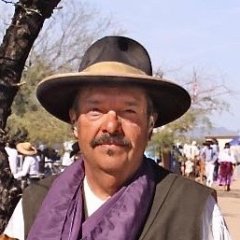
1866 Trigger Spring
Larsen E. Pettifogger, SASS #32933 replied to Idaho Gunslinger's topic in SASS Wire
Since you have already ordered the parts you are on the right track. The most likely cause of the problem is the tip of the trigger (sear) rounding its edges. The next most likely is the hammer full cock notch wearing. The least likely problem is the trigger spring, although anything can fail. It is also possible for the hole in the receiver that the firing pin extension rides in to ware but that would take a LOT of rounds. If you do not know what you are doing, do not have the proper stones or hones for the job and do not have a sear jig your chances of making things worse out weight your chances of making things better. You have not provided any good CLEAR photos of any of these parts so any further guesses are just that. SWAGS. -
WWii aviation googles, history question
sassnetguy50 replied to sassnetguy50's topic in SASS Wire Saloon
-
WWii aviation googles, history question
sassnetguy50 replied to sassnetguy50's topic in SASS Wire Saloon
-
WWii aviation googles, history question
sassnetguy50 replied to sassnetguy50's topic in SASS Wire Saloon
Thank you, it should've been obvious. That is why you don't buy a car made at 5pm Friday. @watab kid @Wild Eagle your brains are playing tricks on you. Those lenses are 80 years old and not clear, there is no reference scale in the picture, the goggles are upside down. Flip them over, imagine they are as wide as Ray-Bans, the straight perforated band on your forehead, the lenses more transparent, the frilly trimmed ^ cut seals against the bridge of your nose and your face. You look bugeyed like a horse with goggles. -
-
